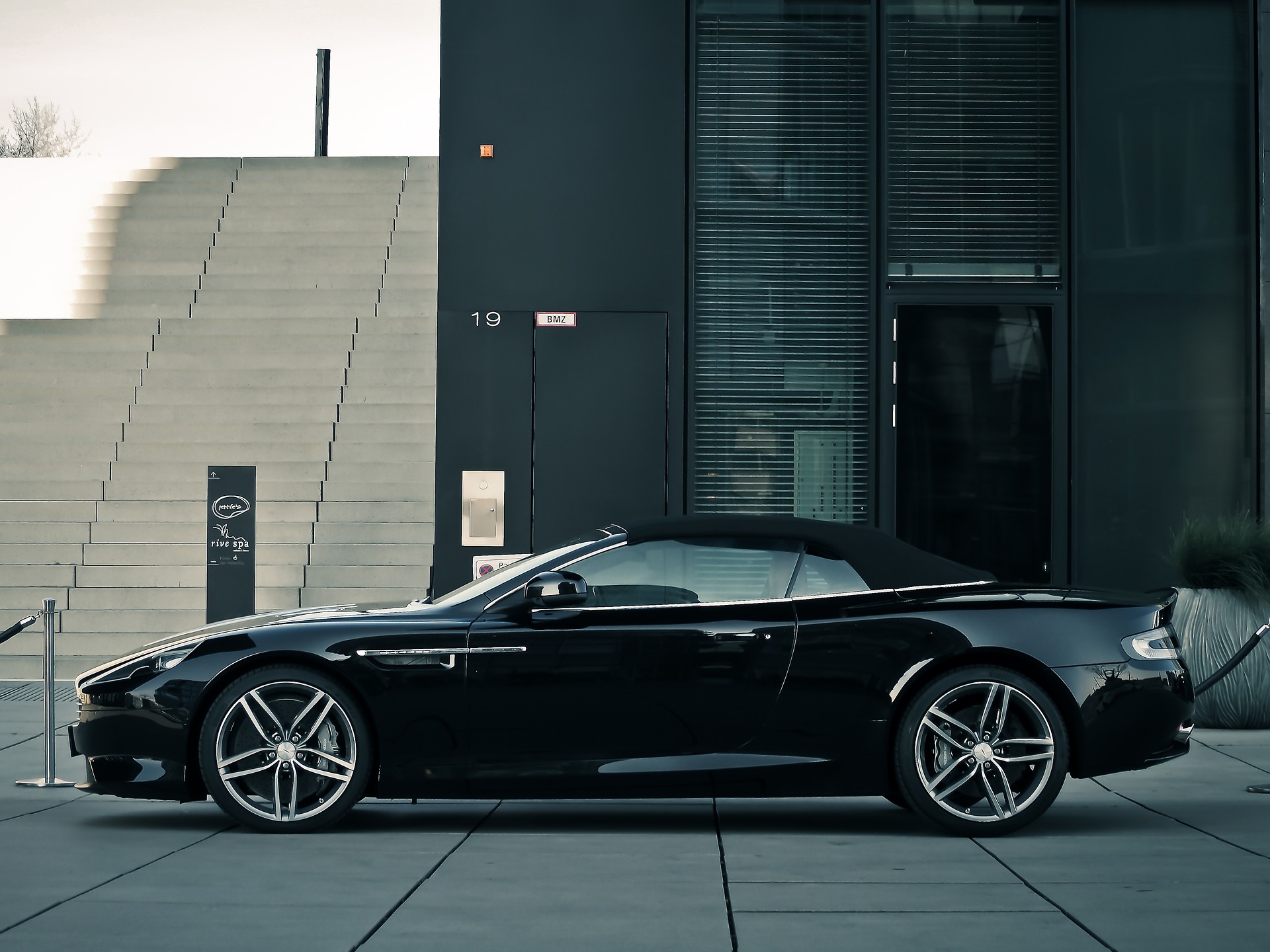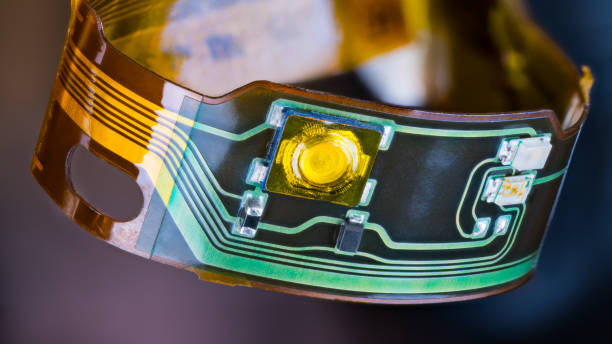The Rebirth of Rotary Engines: A Futuristic Spin on Classic Design
Imagine an engine that deviates from the conventional piston-driven design, one that spins in a mesmerizing, hypnotic dance while offering unmatched smoothness and power. Welcome to the fascinating world of rotary engines, an old engineering marvel that's making a surprising comeback in the automotive industry.

Tracing the Roots: A Brief History of Rotary Engines
The concept of rotary engines dates back to the early 20th century. Invented by German engineer Felix Wankel, the rotary engine offered a radical departure from the traditional piston-cylinder engine design. Instead of reciprocating motion, it used a spinning triangular rotor inside an epitrochoid-shaped housing. The first working prototype was developed in 1957 by NSU Motorenwerke AG, and Mazda became the poster child for rotary engines with its RX series.
The Rise, Fall, and Rebirth of Rotary Engines
Rotary engines were lauded for their simplicity, compact size, and high power-to-weight ratio. However, they fell out of favor due to issues with fuel efficiency, emissions, and reliability. Fast forward to the 21st century, and we see a resurgence in interest for rotary engines. Why the sudden change of heart? The answer lies in their unique characteristics that make them ideally suited for modern applications like range extenders in electric cars and in high-performance sports cars.
Rotary Engines: The Modern Revival
Today, major players like Audi and Mazda are exploring innovative ways to harness the power of rotary engines. Mazda, in particular, has been working on a next-generation rotary engine — the SkyActiv-R — that promises improved fuel efficiency and reduced emissions, addressing the primary criticisms of its predecessors. Audi, on the other hand, is testing a rotary engine as a range extender for its electric cars.
The Future of Rotary Engines: Opportunities and Challenges
While the rebirth of rotary engines is exciting, it doesn’t come without challenges. The biggest hurdle remains improving fuel efficiency and reducing emissions to meet stringent global standards. However, with advancements in technology and a renewed commitment from carmakers, the future of rotary engines looks promising.
A Spin into the Future
The revival of rotary engines is a testament to the automotive industry’s ability to reinvent and innovate. Despite their drawbacks, these engines offer a unique blend of performance and compactness that few other designs can match. As we stand on the cusp of a new era in automotive technology, the rotary engine is poised to make a remarkable comeback, spinning its way into the future of motoring.





